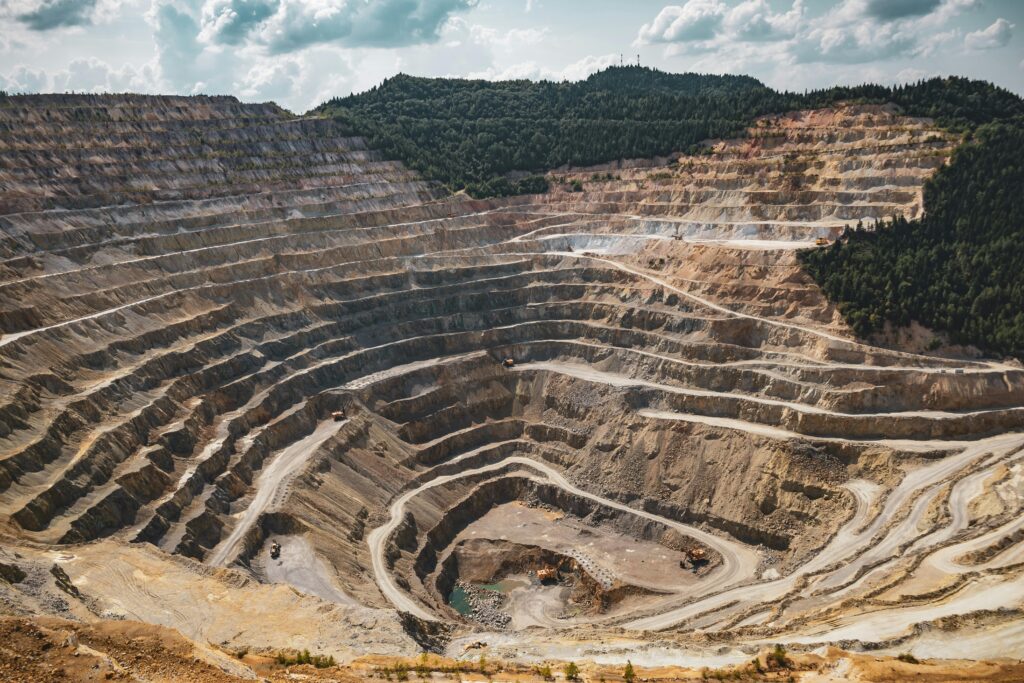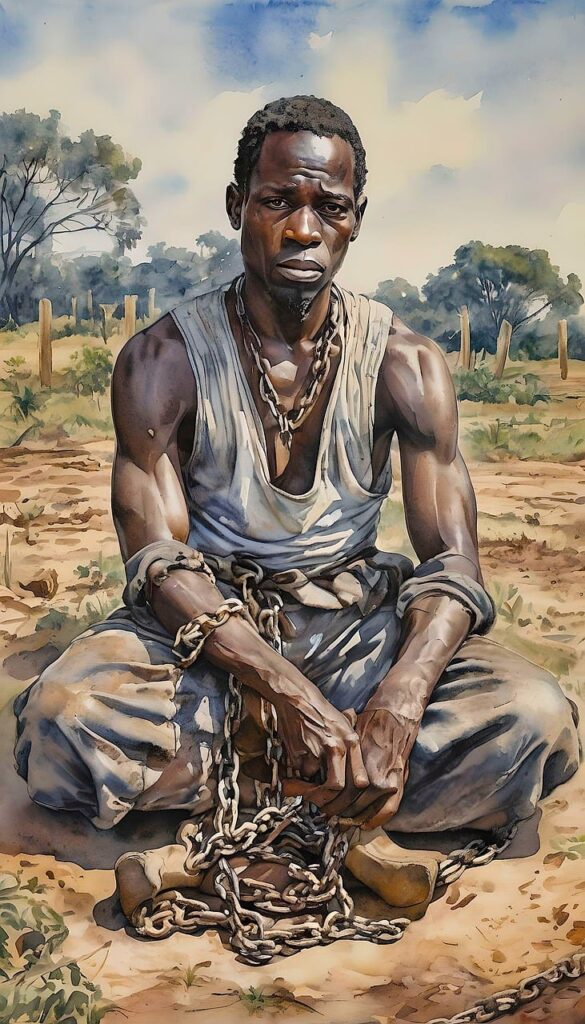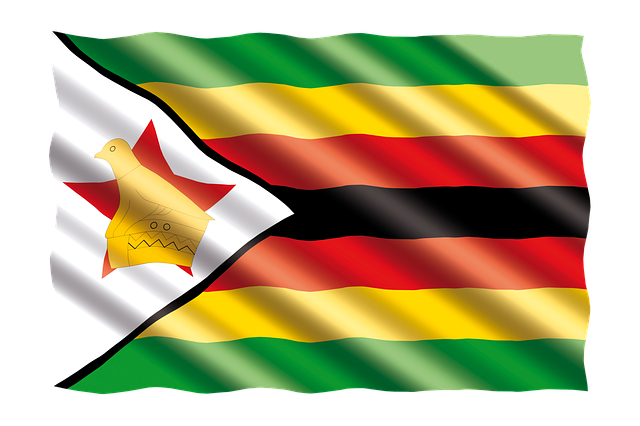The fall of Zimbabwe’s currency is the result of mismanagement of state resources by a corrupt and dysfunctional government.

This led to massive repercussions for the once-great nation of Zimbabwe and its people.
But before we discuss the situation and how Zimbabwe suffered a 94% unemployment rate,
let us first journey back to the country’s prosperous past, before chaos ravaged it.
Before the Fall of Zimbabwe’s Currency: Importance of History
Ladies and gentlemen, before we dive into the details, I urge you to read Inflation Part 1 and Inflation Part 2 if you have not done so already.
These articles provide a solid understanding of inflation, how it can escalate into hyperinflation,
and how it has existed long before paper currency (fiat currency) became widespread.
Inflation is not a new phenomenon. To grasp its significance, we must study the past to better understand present and future economic challenges.
History of Zimbabwe: Before the Fall of Its Currency
Let us journey back to 1865, when two Dutch settlers purchased farmland containing a 215-meter-deep trench/excavation

in the area now known as South Africa. This hand-dug trench, located in Kimberley,
in the Northern Cape Province, is famously known as The Big Hole. Today, it is a popular tourist attraction.
After purchasing this farmland, the Dutch settlers benefited from a booming diamond market.
By 1888, The Big Hole had become the world’s richest diamond mine, then under the control of Cecil Rhodes, a British-born mining magnate.
The British South Africa Company (1889): Before the Fall of Zimbabwe’s Currency
Cecil Rhodes sought even greater power, dissatisfied with merely holding a diamond monopoly in South Africa.
In 1889, he founded a new enterprise, the British South Africa Company (BSAC).
This company was equipped with a royal charter from the British Crown. A royal charter is a formal document issued by a monarch,
granting specific rights, powers, or privileges to an individual or company.

With this authority, the BSAC invaded Mashonaland (inhabited by the Shona people)
and successfully conquered the Ndebele Kingdom using the newly invented Maxim gun,
a weapon that proved devastatingly effective.
The newly acquired land was named Rhodesia in honour of Cecil Rhodes.
Southern Rhodesia, as it was later called, is the region now known as Zimbabwe.
What Happened to Native Africans?
The native Africans who had occupied the land before the invasion were forcibly relocated to reserves.

There, they faced heavy taxation, forced labour, and political exclusion. It is crucial to note that,
while the land was under British governance,
it was owned and controlled by the British South Africa Company.
The company’s sole vision was to exploit the land’s rich resources.
The Company’s New Goal
The region was abundant in gold, coal, chrome,
and other resources. However, these resources were scattered,
making large-scale operations difficult.
To address this, the company shifted its strategy.
Instead of directly profiting from the resources, it sought to promote European migration.
The company encouraged white settlers to exploit the resources,
offering mining rights, military protection,
and prime land to these settlers, privileges that were not extended to the native Africans.
In return, the settlers would pay taxes,
boosting economic growth and funding projects like railway construction.
A Booming Farming Industry
During this period, farmers benefited the most.
They cultivated corn, wheat, tobacco, and cotton on some of Africa’s most fertile lands.

These crops sustained the growing population and generated immense wealth.
By 1923, Southern Rhodesia achieved a semi-autonomous status,
allowing partial self-governance
in specific areas while remaining under British authority.
However, this prosperity was highly unequal—2% of the white population controlled 70% of the land.
Break Away from the British Empire: 1965
In 1965, Southern Rhodesia, led by Prime Minister Ian Smith, became
the first and only white colonial government to break away from the British Empire.
This was a desperate move to retain their political power and dominance in the region,
especially as European colonial powers had begun collapsing due to
the rise of independence movements across Africa.
Political Sanctions
When Southern Rhodesia declared independence from the British Empire,
several international governments took notice.
This prompted Britain to protest to the United Nations,
which led to the imposition of political sanctions on Southern Rhodesia.
Despite these sanctions, the country engaged in clandestine trade with nations like South Africa,
ensuring economic stability for its commerce.
The Bush War
Despite the growing international tension,
the government managed to maintain a healthy economy.
However, unrest among black Africans led to a 15-year conflict known as the Bush War.

This struggle resulted in the emergence of two anti-government parties:
The Zimbabwe African National Union (ZANU) and the Zimbabwe African People’s Union (ZAPU).
ZANU, led by Robert Mugabe with support from North Korea and China, and ZAPU,
led by Joshua Nkomo with Soviet Union backing,
mounted significant resistance against the ruling white minority.
With no support from the British Empire,
Southern Rhodesia found itself isolated and outnumbered. Ultimately,
the government was forced to negotiate peace,
which marked the end of white minority rule.
New Zimbabwe: The First Election Before the Currency Collapse
On January 14, 1980, Zimbabwe experienced a historic shift as black
citizens were allowed to vote alongside white citizens.

This pivotal moment led to Robert Mugabe,
leader of the ZANU party, becoming the first black Prime Minister of Zimbabwe.
This symbolized a new era for the nation, with international sanctions being lifted.
However, unbeknownst to the population,
Zimbabwe was on the brink of economic turmoil,
as inflation would soon lead to the collapse of its currency.
Zimbabwe’s Next Mission: Thriving Before the Fall
At this time, Zimbabwe thrived in industries such as mining, agriculture, and infrastructure.
Robert Mugabe sought to harness the country’s potential to create a
peaceful and harmonious society for the Zimbabwean people.
However, these aspirations were soon overshadowed by the economic challenges that lay ahead.
The Fall of Zimbabwe’s Currency: How Inflation Took Over
The story of Zimbabwe’s rise to prominence,
from its rich history of resources to its fight for independence,
paints a picture of hope and resilience.
But beneath this surface lies a tale of missteps, corruption,
and economic mismanagement that set the stage for one of the most devastating financial collapses in modern history.
What happened after Zimbabwe’s initial prosperity? How did a thriving nation fall into the grips of hyperinflation,
economic ruin, and a 94% unemployment rate? In Part 2, we’ll uncover the critical decisions and events that led to the collapse of Zimbabwe’s currency—and the lessons it holds for the world today.
Stay tuned—you won’t want to miss what’s next!

